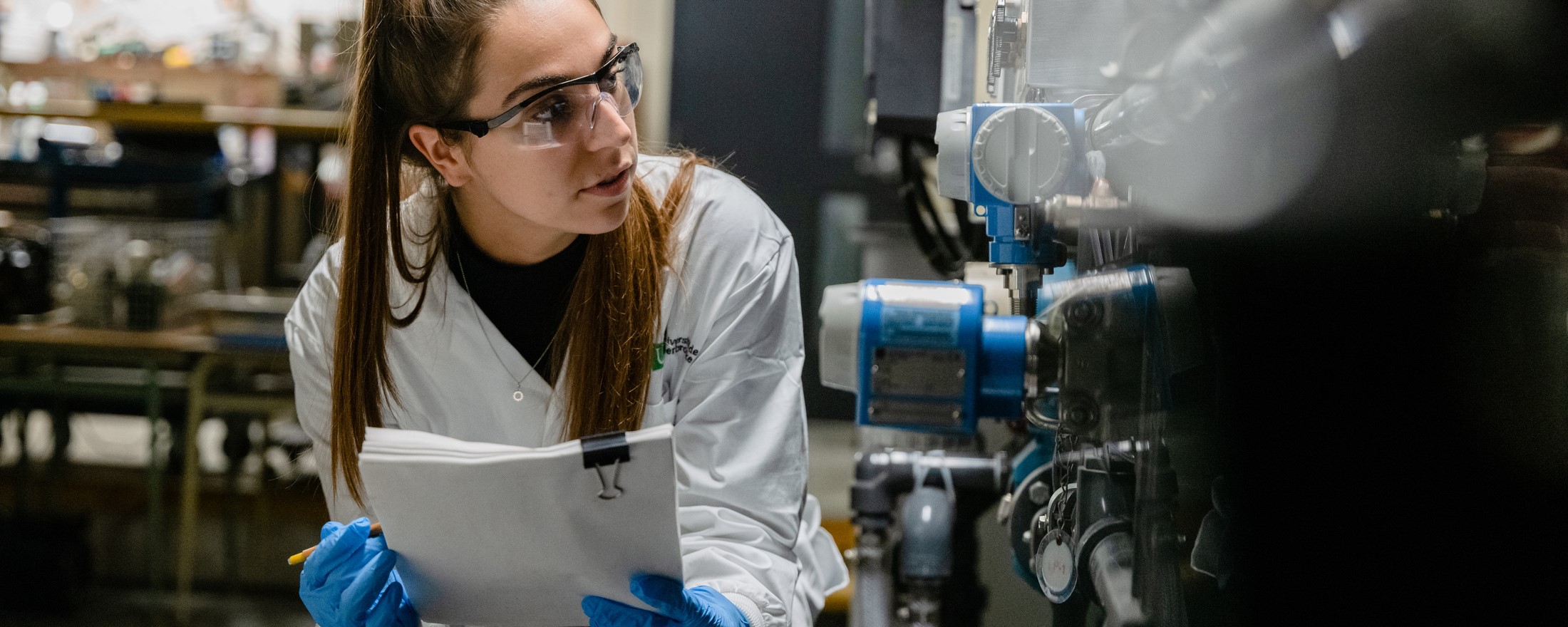Utilizing lignocellulosic, forestry and agricultural residues as cellulosic biomethane
Overview
- RESEARCH DIRECTION
- Jean-Michel Lavoie, Professeur - Department of Chemical and Biotechnological Engineering
- ADMINISTRATIVE UNIT(S)
-
Faculté de génie
Département de génie chimique et de génie biotechnologique
- LEVEL(S)
-
2e cycle
3e cycle
Stage postdoctoral - LOCATION(S)
-
Université de Sherbrooke
P3
Project Description
Hemicelluloses produced from one of Resolve Energy processes will not be initially converted to ethanol, but will be valorized as biogas in order to respond to some of the company’s energy requirements. Moreover, the pentoses, such as xylose, unconsumed at the end of a mixed hemicellulosic and cellulosic ethanol fermentation, will provide additional carbon substrate during the above-mentioned biomethane production process. The low-quality lignin, such as the one containing sulfur, chlorine and other inorganic contaminants, not qualified for A1 granular standards, will also be used as substrate for biomethane production. These aspects were already investigated at bench-scale by the Biomass Technology Laboratory during the last several months. Thus, the next step is to perform a process scale-up of this innovative approach, concluded with a pilot, which will be installed and validated at the company’s demonstration plant in St-Romain (Granit region). Thus, the main objective of this project is to thoroughly identify the major requirements to efficiently digest the lignocellulosic residues (more specifically, the lignin and hemicelluloses) in order to generate biogas.
Discipline(s) by sector
Sciences naturelles et génie
Génie chimique
Funding offered
Yes
Partner(s)
Resolve Energie Inc.
Lien complémentaire
The last update was on 13 March 2024. The University reserves the right to modify its projects without notice.
